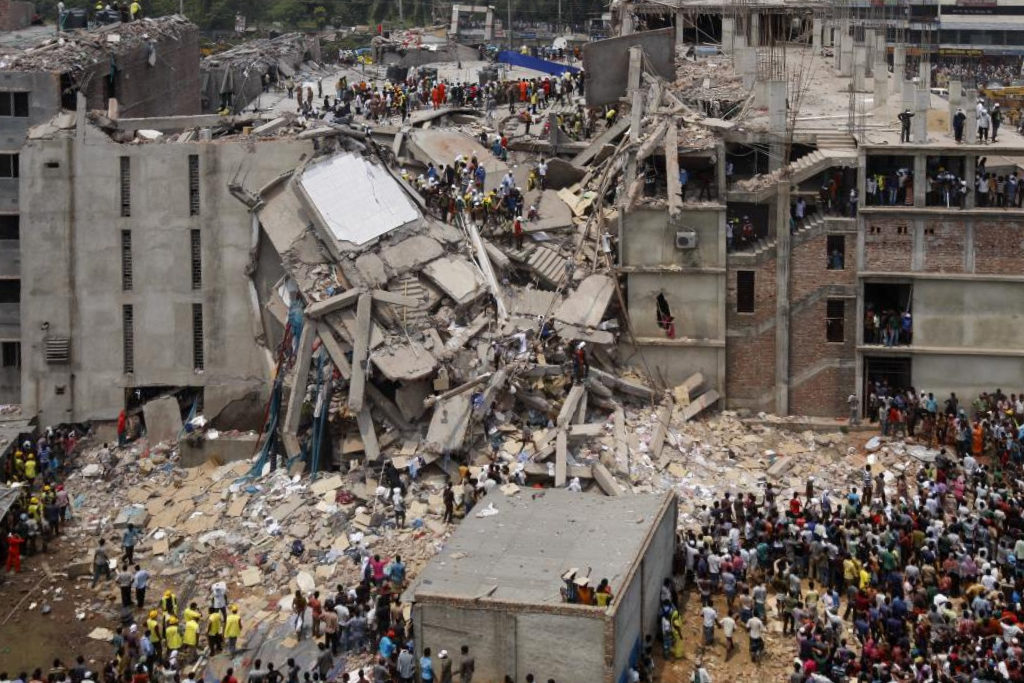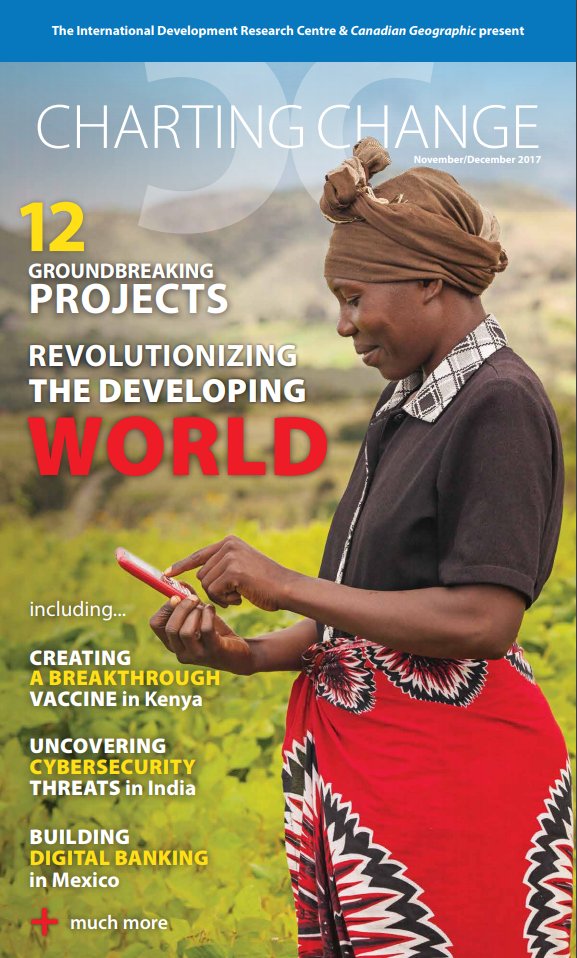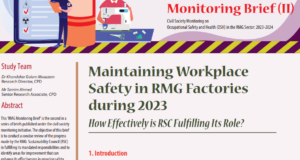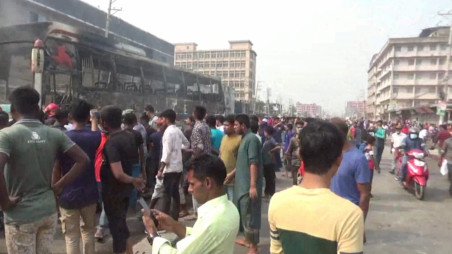Published in Charting Change
By Niki Wilson

On the morning of April 24, 2013, a poorly constructed eight-storey garment factory known as Rana Plaza collapsed in Dhaka, Bangladesh, killing more than 1,130 people in a crush of brittle concrete and rebar. It was the worst industrial disaster in the country’s history, but the toll didn’t end when the building fell. Many later died from injuries sustained in the collapse or were permanently physically disabled. Others developed PTSD or other mental health conditions from witnessing the event.
Among the survivors was a woman named Barsha,* who lost both her hands. After the disaster, her husband’s family, with whom she lived, saw her as a burden because she could no longer contribute economically. “Her living conditions became much worse,” says Khondaker Moazzem, research director at Bangladesh’s Centre for Policy Dialogue (CPD), a think tank that focuses on development issues.
Following the tragedy, the government of Bangladesh, development partners such as the International Monetary Fund and apparel manufacturers such as JC Penny, Walmart and Joe Fresh, promised survivors financial compensation and aid, medical assistance and labour reforms. But as time passed, says Moazzem, many of these commitments waned.
Since the tragedy, the CPD, with funding from the Think Tank Initiative (a program dedicated to strengthening the capacity of independent policy research institutions in the developing world that is managed by the International Development Research Centre), has been evaluating and documenting the level to which those organizations have followed through on their commitments, as well as recording the journey of the disaster’s survivors.
Moazzem says that as of April 2016, roughly half the survivors still hadn’t found jobs, whether because of physical injuries or mental trauma so severe that they weren’t able to work. Those in the latter group didn’t receive treatment for PTSD because they were deemed a lower priority than those with physical injuries. And after what minimal funding that existed for PTSD and other related mental health issues ran out, many found the cost of such treatment too high to continue.
And while almost half of the survivors remain unemployed, there are bright spots. A March 2016 survey conducted by Dhaka-based development NGO ActionAid Bangladesh found that the unemployment rate has gradually declined since 2013 and that the employment rate was steadily increasing. It also showed that the overall income of survivors was increasing compared to their income in 2013, 2014 and 2015. Meanwhile, at least two government of Bangladesh initiatives have been developed to meet the long-term financial needs of the victims (although implementation of these programs has been slow), some clothing-industry representatives have pledged millions of U.S. dollars in assistance, and local and international organizations have aided with everything from helping survivors obtain prosthetics to supporting children who lost parents in the collapse.
The biggest challenge, however, is labour reform, where there’s still a long way to go. “Workplace safety, employability, workers’ income and livelihood, and workers’ rights are still a prime concern,” says Moazzem, pointing to many improvements that can be made in these areas. For example, he says the government of Bangladesh needs to develop more concrete guidelines and better safety-compliance mechanisms to ensure retailers obey the rules, while buyers and retailers should take on the responsibility of having thirdparty monitoring and auditing of their workplaces. “As a sector,” he says, “they should draw negative attention to those who won’t comply.”
The difficulty, says Moazzem, is to ensure compliance with the rules while not having the cost of these efforts affect the approximately four million people that work in the garment-factory industry in Bangladesh, where the government has set an export target of US$50 billion worth of apparel by 2021. If global chains were to take their business elsewhere, it would have severe socioeconomic repercussions for the country. This production pressure amplifies the need for a deadline to fully implement improvements that would restructure Bangladesh’s apparel industry.
“I think it’s really important that we see these issues from more than an economic point of view,” says Moazzem. “It’s also an opportunity for justice, gender equality and an improvement in the quality of employment for workers. In the end, such global-scale changes will create more sustainability within the apparel industry.”
*To protect her identity, Barsha’s real name has not been used.

 CPD RMG Study Stitching a better future for Bangladesh
CPD RMG Study Stitching a better future for Bangladesh



